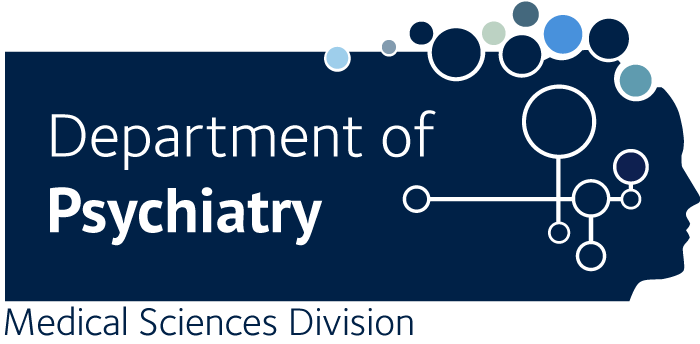High-dose testosterone treatment reduces monoamine oxidase A levels in the human brain: A preliminary report.
Kranz GS., Spies M., Vraka C., Kaufmann U., Klebermass E-M., Handschuh PA., Ozenil M., Murgaš M., Pichler V., Rischka L., Nics L., Konadu ME., Ibeschitz H., Traub-Weidinger T., Wadsak W., Hahn A., Hacker M., Lanzenberger R.
The sex hormones testosterone and estradiol influence brain structure and function and are implicated in the pathogenesis, prevalence and disease course of major depression. Recent research employing gender-affirming hormone treatment (GHT) of gender dysphoric individuals and utilizing positron emission tomography (PET) indicates increased serotonin transporter binding upon high-dosages of testosterone treatment. Here, we investigated the effects of GHT on levels of monoamine oxidase A (MAO-A), another key target of antidepressant treatment. Participants underwent PET with the radioligand [11C]harmine to assess cerebral MAO-A distribution volumes (VT) before and four months after initiation of GHT. By the time this study was terminated for technical reasons, 18 transgender individuals undergoing GHT (11 transmen, TM and 7 transwomen, TW) and 17 cis-gender subjects had been assessed. Preliminary analysis of available data revealed statistically significant MAO-A VT reductions in TM under testosterone treatment in six of twelve a priori defined regions of interest (middle frontal cortex (-10%), anterior cingulate cortex (-9%), medial cingulate cortex (-10.5%), insula (-8%), amygdala (-9%) and hippocampus (-8.5%, all p<0.05)). MAO-A VT did not change in TW receiving estrogen treatment. Despite the limited sample size, pronounced MAO-A VT reduction could be observed, pointing towards a potential effect of testosterone. Considering MAO-A's central role in regulation of serotonergic neurotransmission, changes to MAO-A VT should be further investigated as a possible mechanism by which testosterone mediates risk for, symptomatology of, and treatment response in affective disorders.

